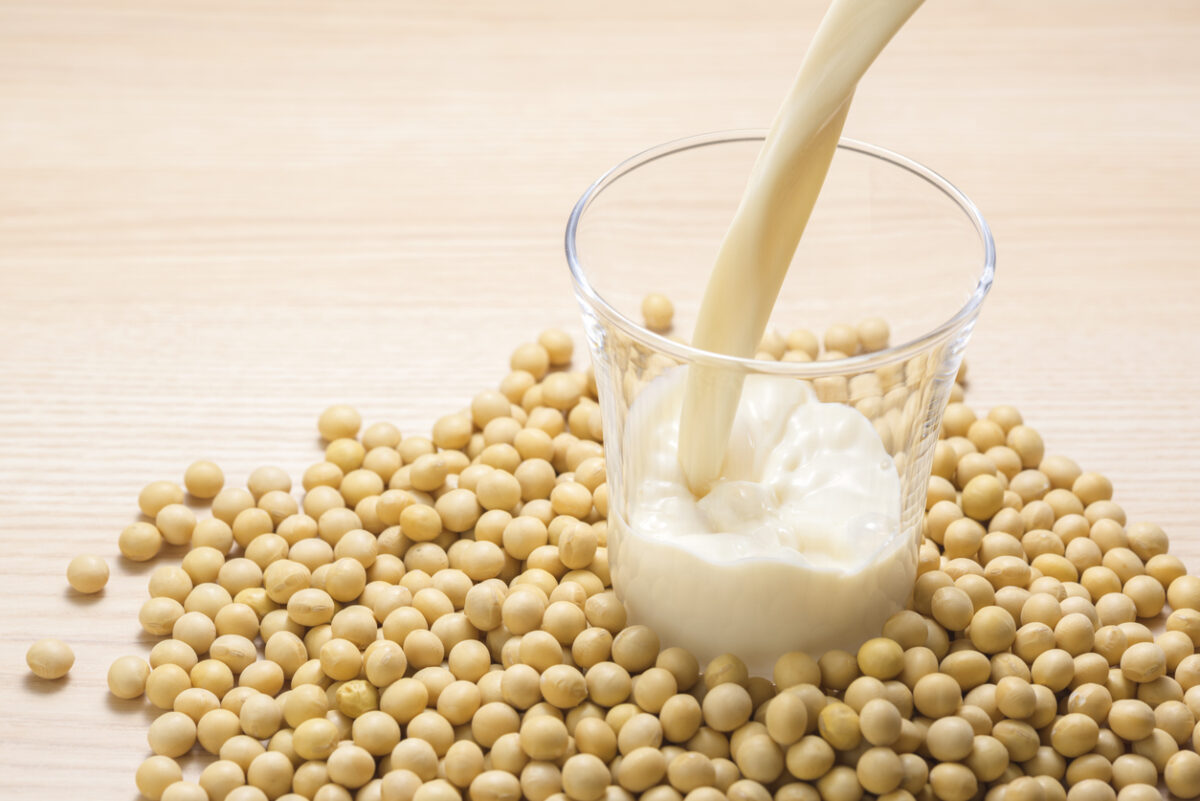Why Bone Health Matters More as You Age
Bone health plays a critical role in maintaining mobility and overall well-being. As you age, bone density naturally declines, increasing the risk of fractures and osteoporosis. Women over 50 face an even higher risk due to hormonal changes during menopause, which accelerate bone loss. Recognizing early warning signs can help prevent severe complications.
5 Subtle Symptoms of Weak Bones You Might Overlook
Frequent Fractures from Minor Falls
Breaking a bone after a mild fall may indicate decreased bone density. A fracture from a seemingly minor accident, such as tripping on a curb, suggests underlying osteoporosis. According to the National Osteoporosis Foundation, low bone mass affects nearly 54 million Americans, making early detection crucial.
Receding Gums
Gum health and bone health are closely linked. Since teeth anchor into the jawbone, bone loss in this area can cause gums to recede. A dentist may be the first to notice signs of osteoporosis through X-rays revealing bone deterioration in the jaw.
Decreased Grip Strength
Struggling to open jars or grip objects tightly can be a sign of declining bone health. Weak bones often coincide with muscle loss, making everyday tasks more challenging. Research from the National Institutes of Health suggests that reduced grip strength correlates with higher fracture risk in older adults.
Loss of Height
If you notice you’ve lost an inch or more in height, weak bones may be to blame. Compression fractures in the spine can cause vertebrae to collapse, leading to a stooped posture or height reduction. Monitoring height changes annually can help detect bone density issues early.
Persistent Back or Hip Pain
Chronic pain in the lower back or hips may stem from small, undiagnosed fractures. Spinal compression fractures can develop gradually, leading to discomfort that is often mistaken for muscle pain or arthritis. Consulting a doctor for persistent pain can help determine if weakened bones are the cause.
What Causes Bones to Weaken? Common Risk Factors
Nutritional Deficiencies
A lack of calcium and vitamin D significantly contributes to bone loss. These nutrients work together to maintain bone density and strength. Sunlight exposure and dietary sources like dairy, leafy greens, and fortified foods help prevent deficiencies.
Hormonal Changes
Estrogen plays a vital role in bone maintenance. After menopause, estrogen levels drop, leading to accelerated bone loss. This is why postmenopausal women are at a higher risk of osteoporosis.
Sedentary Lifestyle
Bones strengthen with regular use. A lack of weight-bearing exercises, such as walking, jogging, or resistance training, can lead to weaker bones over time. Staying active helps maintain bone density and overall strength.
Excessive Alcohol and Caffeine Consumption
Drinking too much alcohol or caffeine can interfere with calcium absorption. Limiting these beverages and balancing them with adequate calcium intake can support bone health.
Simple Lifestyle Changes to Strengthen Your Bones
Incorporate Bone-Boosting Exercises
Weight-bearing activities like walking, strength training, and yoga enhance bone density. Resistance exercises help build muscle, which in turn supports bone strength.
Optimize Your Diet
Include calcium-rich foods such as dairy, tofu, almonds, and leafy greens. Vitamin D from sunlight, fatty fish, or supplements enhances calcium absorption.
Maintain a Healthy Weight
Being underweight increases the risk of bone loss and fractures. A balanced diet with sufficient protein and healthy fats helps maintain bone integrity.
Avoid Smoking
Smoking weakens bones by reducing blood flow and interfering with calcium absorption. Quitting smoking can improve bone density over time.
Best Nutrients and Supplements for Stronger Bones
Calcium and Vitamin D
These two are essential for bone maintenance. The recommended daily intake for women over 50 is 1,200 mg of calcium and 800-1,000 IU of vitamin D.
Magnesium and Vitamin K2
Magnesium supports bone structure, while vitamin K2 helps direct calcium into bones instead of arteries. Foods like nuts, seeds, and fermented foods are excellent sources.
Beta-Cryptoxanthin
Found in mandarins and other citrus fruits, beta-cryptoxanthin has been linked to improved bone density. Some studies suggest it helps reduce the risk of osteoporosis by promoting bone formation.
Taking proactive steps today can help prevent fractures and maintain mobility in the future. If you experience any of these early warning signs, consider discussing bone health screenings with your doctor. For more in-depth information on osteoporosis and prevention, visit the International Osteoporosis Foundation.
Here’s A Natural Supplement Containing Beta-Cryptoxanthin
Juveriente Bone Strength Complex contains mandarin extract rich in beta-cryptoxanthin, which supports bone metabolism. Many users report improvements in bone density and overall joint health. The supplement also includes calcium and vitamin D for comprehensive bone support.
Positive Customer Feedback
Juveriente Bone Strength Complex has received many favorable reviews on Amazon. Users praise its effectiveness in maintaining bone health, with some reporting improvements in bone scans after consistent use.
Where to Buy
Juveriente Bone Strength Complex is available on Juveriente’s website and Amazon. For those looking for a natural, science-backed approach to bone health, it provides an excellent solution.












































